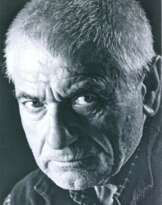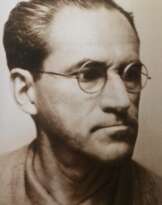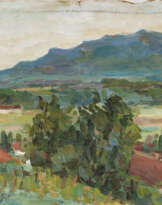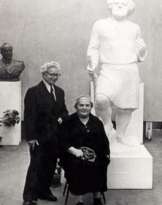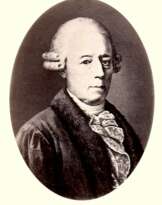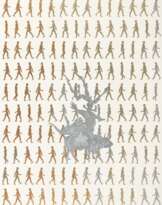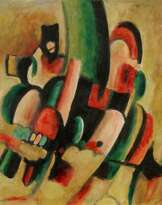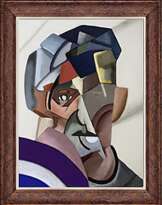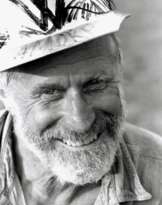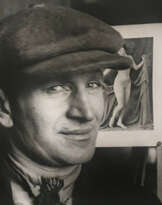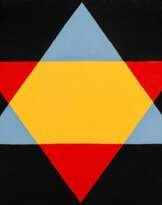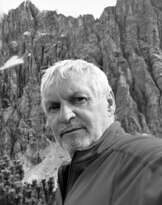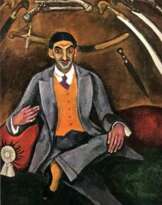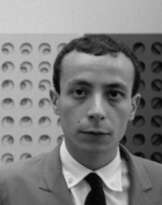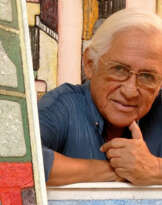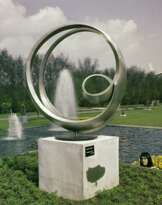Vadim Fedorovich Ryndin (1902 - 1974)
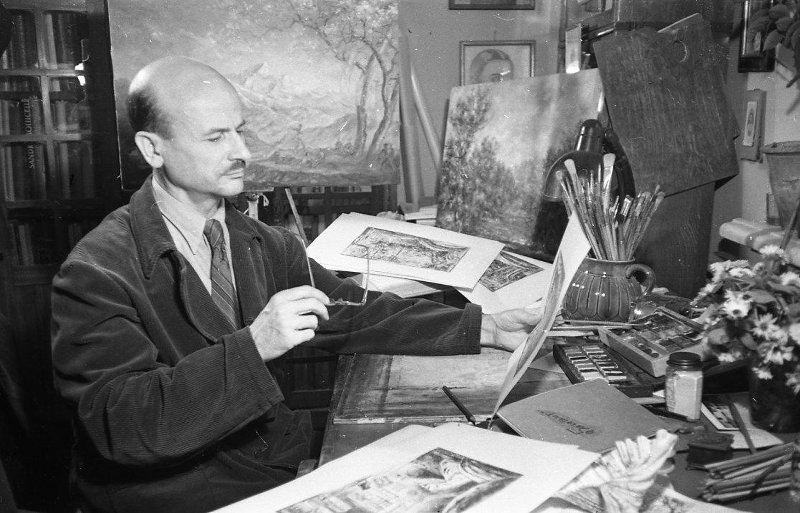
Vadim Fedorovich Ryndin
Vadim Fedorovich Ryndin (Russian: Вадим Фёдорович Рындин) was a Russian theater artist and a luminary in the Soviet art scene, celebrated for his transformative stage designs and costumes. Born in Moscow in 1902, Ryndin's journey into the world of theater art began after his studies at the Free Art and Technical Studios in Voronezh and at the Higher Art and Technical Studios (VKhUTEMAS) in Moscow. By 1931, he had become the principal artist at the Vakhtangov Theater, a role he expanded upon in 1953 when he took on the mantle of chief artist at the Bolshoi Theater of the USSR, significantly influencing its aesthetic and production values until 1970.
Ryndin's work was characterized by its heroic-romantic themes, a preference that emerged in the 1930s and remained a constant throughout his career. His knack for blending dramatic intensity with artistic minimalism was evident in productions like "The Optimistic Tragedy" and Shakespeare's "Much Ado About Nothing," where he used stark black-and-white color schemes and eschewed superfluous details to focus attention on the core narrative and emotional landscape of the performances.
His collaborations with directors, especially with N.P. Okhlopkov, led to groundbreaking renditions of classics such as "Hamlet," "Medea," and the opera "Mother." Ryndin's tenure at the Bolshoi Theater was marked by significant productions, including Prokofiev's "War and Peace," Verdi's "Don Carlos," and Rimsky-Korsakov's "The Legend of the Invisible City of Kitezh and the Maiden Fevronia," where his designs added depth and vibrancy to the visual storytelling.
Ryndin's profound understanding of art history allowed him to draw inspiration from past masters, ingeniously incorporating elements of El Greco's work into "Don Carlos" to enhance the production's tragic intensity. His approach to "The Legend of the City of Kitezh" showcased his ability to celebrate Russian cultural heritage through opulent stage designs and costumes that echoed the grandeur of Ancient Russia.
Despite the success and recognition he enjoyed, Vadim Ryndin remained a devoted artist to the end, continuously exploring and expressing the thematic and aesthetic potentials of theater art. His contributions have left an indelible mark on the Russian theater, making him a figure of immense respect and admiration in the art world.
For enthusiasts and collectors keen on exploring Vadim Fedorovich Ryndin's legacy and works, signing up for updates can provide exclusive insights into new sales and auction events featuring his artwork. This subscription is an opportunity to delve deeper into the artistic journey of a master whose work transcended the boundaries of stage design to become a pivotal part of Soviet cultural history.
| Date and place of birt: | 15 january 1902, Moscow, Russian Empire |
|---|---|
| Date and place of death: | 9 april 1974, Moscow, USSR |
| Nationality: | Russia, USSR, Russian Empire |
| Period of activity: | XX century |
| Specialization: | Decorator, Educator, Painter, Scenographer |
| Art school / group: | Makovets |
| Genre: | Landscape painting, Still life |
| Art style: | Constructivism |

